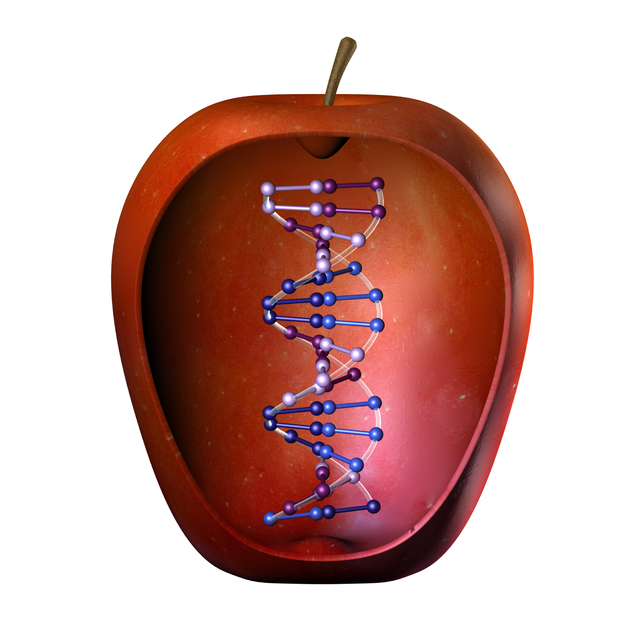Under press: ‘TEN QUESTIONS’ ABOUT GMBs
GMBs (genetically modified bodies) are defined in a European directive as being bodies other than human beings, the genetic material of which has been modified in a way that cannot be achieved naturally by multiplication and/or combinatory techniques. These living bodies are obtained by “transgenesis”.
Numerous GMBs are used already in research, in production and are on the market place: micro-organisms produce vaccines, enzymes; mammals produce therapeutic molecules or for use in medical research; rapid growth fish species.
The GMBs we hear most about in the media are plants, GM Plants or GMPs. They have undergone very rapid since the first industrial scale crops were planted in 1994. The area covered in 2012 was 170 M ha, mainly soy beans, corn (maize), cotton and colza that resist insects, or tolerant to weed-killers or both simultaneously.
According to advice issued by national and international expert committees, these GMPs do not present any specific danger to health or the environment given that they are cultivated in 29 countries now and authorized for human or animal consumption in 58 countries, including the European Union.
One must remain vigilant as to resistant strains that could develop if the use of GMPs became very extensive. Such possible resistance is not related to transgenesis as such but to development of adventice plants and parasites if there is an uncontrolled use of weed-killers or use of resistant plants. To avoid this occurring, “good practice” techniques will be used such as crop rotation for the adventice plants or designation of refuge zones where insect resistance is strong.
The economic impact is positive, both for farmers and, more globally, for world food production. For the period 1996-2011, the estimated gain was 110 M tonne soy beans, 195 M tonne maize and 7 M tonnes colza.
Contrary to what is often reported, European farmers can re-use seed from GMPs as ‘normal’ field seed under the same conditions. In like manner GMPs can be cross-fertilized to obtain new strains.
In Europe, consumers have the choice between GMBs or non-GM products. All food containing MGBs or derivatives must be labelled above the 0.9% accidental content level. In France, positive labelling ‘contains no GMBs’ is possible when content is below 0.1%.
Transgenesis, associated with other plant improvement techniques, should enable development of new strains that will allow us to meet the challenges of increased population, increased urbanization and coming climate change.
Publication under press (forthcoming) at EDP Sciences

